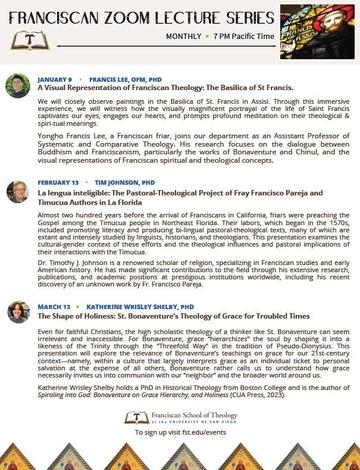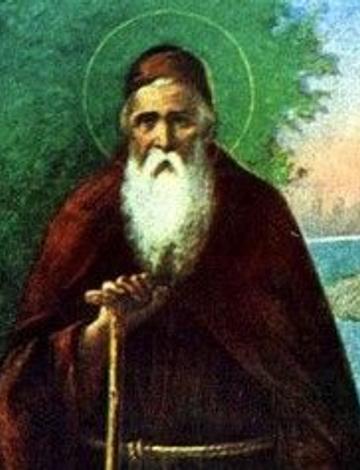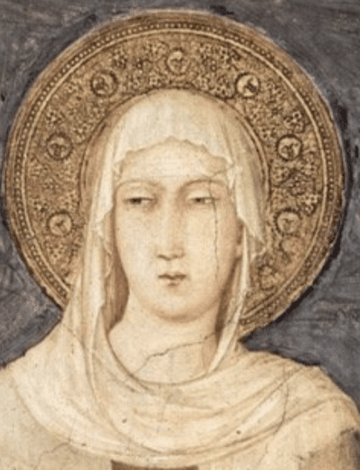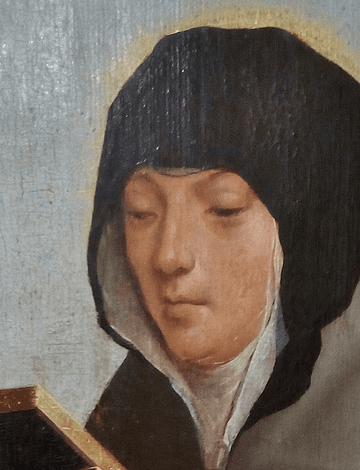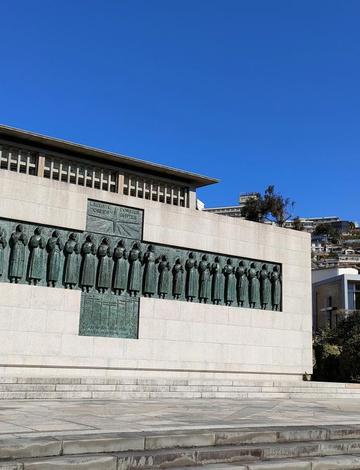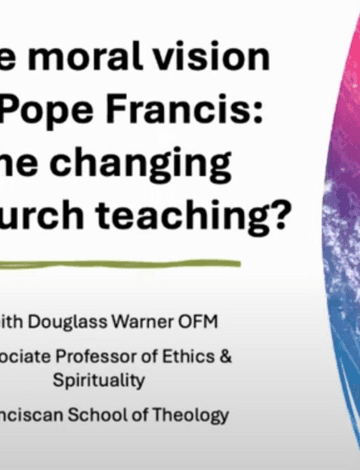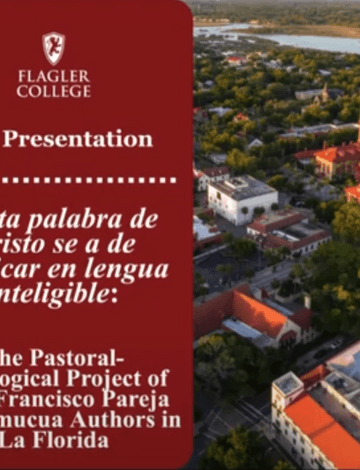
"La lengua inteligible: The Pastoral-Theological Project of Fray Francisco Pareja and Timucua Authors in La Florida" by Timothy Johnson, PhD, Distinguished Professor of Religion at Flagler College, is the second lecture of the Franciscan Zoom Lecture Series - Winter 2025 Semester, hosted by the Franciscan School of Theology at the University of San Diego.

